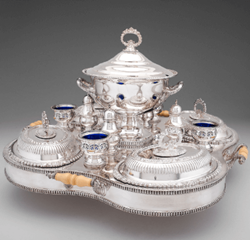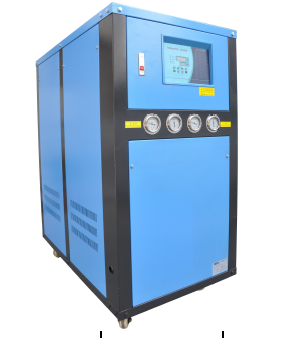Watt type formula only nickel sulfate, nickel chloride and boric acid three basic components, this is because the main salt concentration of watt-type nickel plating solution is relatively high, the bath temperature is relatively high, the main salt concentration is high, the conductivity of the bath is increased. The bath temperature is increased, the speed of movement of various ions in the plating bath is accelerated, the resistance is reduced, and the electrical conductivity is also increased, so that there is better coverage and dispersion ability.
(1) Nickel sulfate is the main salt in the electrolyte and supplies Nr. The content of nickel sulfate in production ranges from 100 to 3509/L. Under normal circumstances, the electrolyte with low content of nickel sulfate has good dispersion ability, and the plating layer is fine and easy to polish. However, its cathode current efficiency is low, allowing the cathode current density to be used to be small, and therefore the deposition rate is slow. The electrolyte with higher content of nickel sulfate can use higher cathode current density, faster deposition rate, and uniform color of the coating, but the dispersion capacity of the electrolyte is reduced, the gloss of the coating is bright, and the amount of electrolyte carried out is large. Therefore, the electrolyte with high nickel sulfate content is generally only suitable for rapid nickel plating and bright nickel plating.
(2) Chloride Nickel chloride or sodium chloride is a conductive salt, which is also an anodic activator. It also has the effect of increasing the dispersion capacity of the electrolyte. Due to the wide availability and low cost of sodium chloride, it is a commonly used anode activator in common nickel plating electrolytes. In general bright nickel plating, nickel chloride is often used as an anode activator in order to reduce the adverse effects of sodium ions (reducing the cathode current density upper limit). Nickel chloride can also supplement the consumption of metal nickel ions in the electrolyte. The content of chloride should be controlled between 7209/L (based on sodium chloride). When the content is too low, the anode is easily passivated, so that the nickel content in the electrolyte decreases, and the current efficiency and deposition rate decrease accordingly. If the content is too high, it will promote the anode dissolved too quickly, it will easily cause the coating crystal coarse and burr, and the internal stress of the coating increases, thereby reducing the quality of the coating, and it is also easy to corrosion plating tank and its auxiliary equipment.
(3) Boric acid is a buffering agent in the electroplating solution formula nickel plating electrolyte, which plays a role in stabilizing the pH of the electrolyte. Boric acid has a good buffering effect in weakly acidic solutions, so boric acid is an important component in ordinary nickel plating electrolytes (pH 4-6). The strength of the buffering effect of boric acid is related to its content. When its content is higher than 319/L, its buffering effect is more significant. If its content continues to increase, some of the boric acid will be converted to tetraboric acid.
(4) Sulfate sulfate and magnesium sulfate have the advantages of increasing the conductivity of the plating solution and lowering the resistance, thereby improving the coating ability and dispersibility of the plating solution. When sodium sulphate is used as the conductive salt, the sodium ion content in the electrolyte is relatively high. Although the cathodic polarization is increased, the discharge of hydrogen ions is facilitated, and the pH in the cathode region is increased more quickly, resulting in the formation of hydroxides or basic salts. The precipitation deteriorates the plating quality. Therefore, the electrolyte should minimize the addition of sodium sulfate or other sodium salts, and do not add fast nickel plating electrolyte. Adding magnesium sulfate makes the coating soft and flexible. These inorganic salts act as auxiliary additives.
(5) Sodium lauryl sulfate Sodium lauryl sulfate is an anionic surfactant. The molecular structure contains a hydrophilic group (sulfate) and a hydrophobic group (long-chain alkyl), which is reduced by The interfacial tension between the liquid-gas and liquid-solid, added to the electroplating solution formula nickel plating solution, can reduce the surface tension of the plating solution, so that the hydrogen bubbles easily precipitate and do not stay on the surface of the cathode, resulting in pinhole pitting of the plating layer. So called anti-pinhole agent (or wetting agent).





